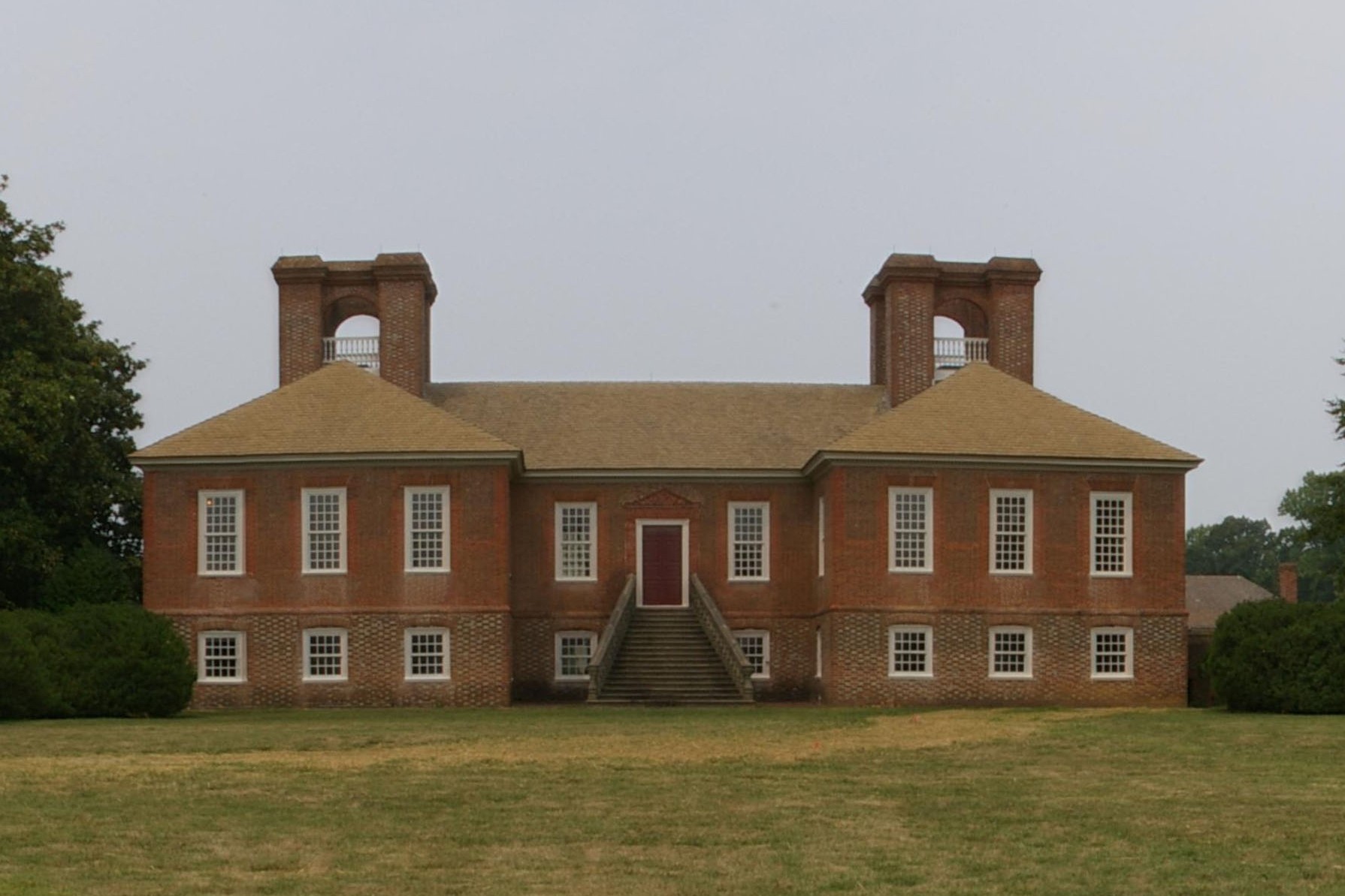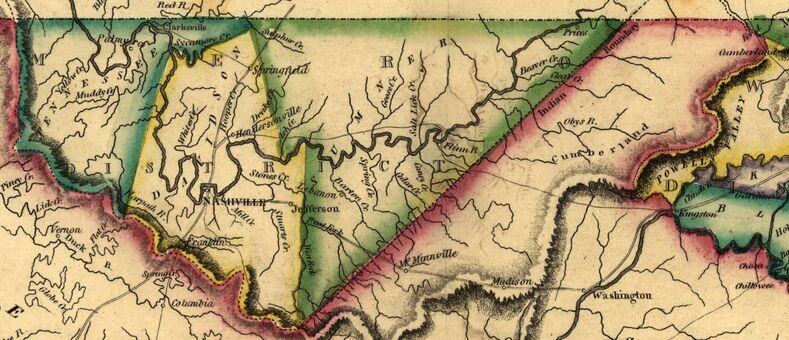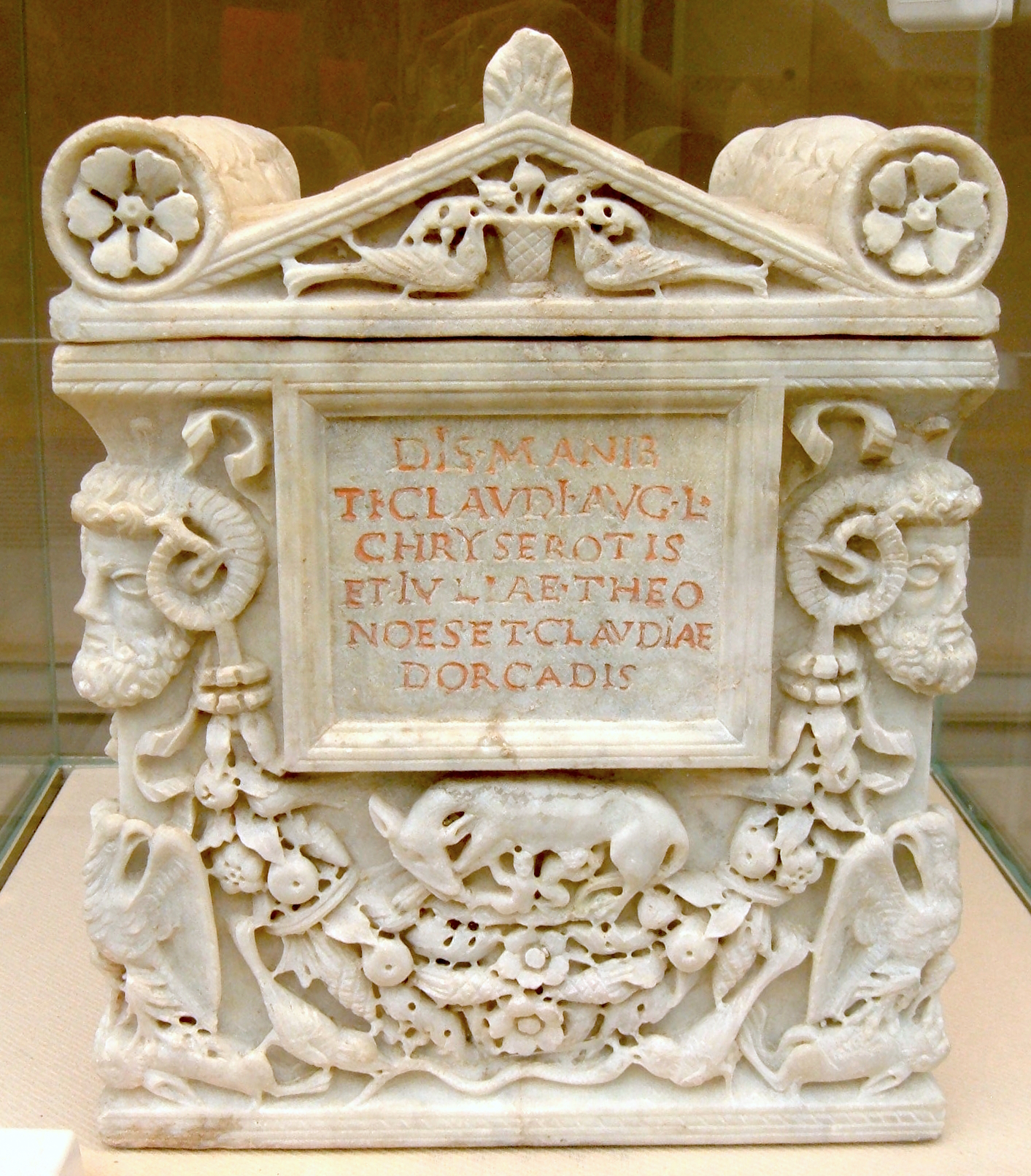|
Beech Grove (Nashville, Tennessee)
Beech Grove is a historic mansion in Nashville, Tennessee. Built as a log house circa 1850, it was a Southern plantation with African slaves in the Antebellum era. In the 1910s, it became a livestock farm. Location The property is located at 8423 Old Harding Pike in Nashville, the county seat of Davidson County, Tennessee. History The land belonged to Elisha Sherrill until 1801, when Hugh Allison acquired 200 acres. Allison, who served on the Davidson County Court, owned ten African slaves. He lived on the farm with his wife, Lydia Harrison Allison, and their five children. When he died in 1835, one of his sons, Thomas Jefferson Allison, inherited the farm. He acquired more land, expanding to 1,150 acres. Additionally, he owned 22 African slaves by 1840 and 53 slaves by 1860. As a result, the farm became a Southern plantation. Allison lived on the plantation with his wife Tabitha and their six children. The two-storey log house was built for the Allison family by Thomas Jones ... [...More Info...] [...Related Items...] OR: [Wikipedia] [Google] [Baidu] |
Nashville, Tennessee
Nashville is the capital city of the U.S. state of Tennessee and the seat of Davidson County. With a population of 689,447 at the 2020 U.S. census, Nashville is the most populous city in the state, 21st most-populous city in the U.S., and the fourth most populous city in the southeastern U.S. Located on the Cumberland River, the city is the center of the Nashville metropolitan area, which is one of the fastest growing in the nation. Named for Francis Nash, a general of the Continental Army during the American Revolutionary War, the city was founded in 1779. The city grew quickly due to its strategic location as a port on the Cumberland River and, in the 19th century, a railroad center. Nashville seceded with Tennessee during the American Civil War; in 1862 it was the first state capital in the Confederacy to be taken by Union forces. After the war, the city reclaimed its position and developed a manufacturing base. Since 1963, Nashville has had a consolidated city-coun ... [...More Info...] [...Related Items...] OR: [Wikipedia] [Google] [Baidu] |
Plantation House In The Southern United States
A plantation house is the main house of a plantation, often a substantial farmhouse, which often serves as a symbol for the plantation as a whole. Plantation houses in the Southern United States and in other areas are known as quite grand and expensive architectural works today, though most were more utilitarian, working farmhouses. Antebellum American South In the American South, antebellum plantations were centered on a "plantation house," the residence of the owner, where important business was conducted. Slavery and plantations had different characteristics in different regions of the South. As the Upper South of the Chesapeake Bay colonies developed first, historians of the antebellum South defined planters as those who held 20 enslaved people. Major planters held many more, especially in the Deep South as it developed.Peter Kolchin, ''American Slavery 1619–1877'', New York: Hill and Wang, 1993, xiii The majority of slaveholders held 10 or fewer enslaved people, often ... [...More Info...] [...Related Items...] OR: [Wikipedia] [Google] [Baidu] |
Plantations In The American South
A plantation complex in the Southern United States is the built environment (or complex) that was common on agricultural plantations in the American South from the 17th into the 20th century. The complex included everything from the main residence down to the pens for livestock. Until the abolition of slavery, such plantations were generally self-sufficient settlements that relied on the forced labor of enslaved people. Plantations are an important aspect of the history of the Southern United States, particularly the antebellum era (pre-American Civil War). The mild temperate climate, plentiful rainfall, and fertile soils of the southeastern United States allowed the flourishing of large plantations, where large numbers of enslaved Africans or African Americans were held captive and forced to produce crops to create wealth for a white elite. Today, as was also true in the past, there is a wide range of opinion as to what differentiated a plantation from a farm. Typically, th ... [...More Info...] [...Related Items...] OR: [Wikipedia] [Google] [Baidu] |
Antebellum South
In the history of the Southern United States, the Antebellum Period (from la, ante bellum, lit= before the war) spanned the end of the War of 1812 to the start of the American Civil War in 1861. The Antebellum South was characterized by the use of slavery and the culture it fostered. As the era proceeded, Southern intellectuals and leaders gradually shifted from portraying slavery as an embarrassing and temporary system, to a full-on defense of slavery as a positive good, and harshly criticized the budding abolitionist movement. The economy was largely plantation based, and dependent on exports. Society was stratified, inegalitarian, and perceived by immigrants as lacking in opportunities. Consequently the manufacturing base lagged behind the non-slave states. Wealth inequality grew as the larger landholders took the greater share of the profits generated by slaves, which also helped to entrench their power as a political class. As the country expanded westward, sla ... [...More Info...] [...Related Items...] OR: [Wikipedia] [Google] [Baidu] |
Davidson County, Tennessee
Davidson County is a county in the U.S. state of Tennessee. It is located in the heart of Middle Tennessee. As of the 2020 census, the population was 715,884, making it the second most populous county in Tennessee. Its county seat is Nashville, the state capital and largest city. Since 1963, the city of Nashville and Davidson County have had a consolidated government called the "Metropolitan Government of Nashville and Davidson County", commonly referred to as "Metro Nashville" or "Metro". Davidson County has the largest population in the 13-county Nashville-Davidson–Murfreesboro– Franklin Metropolitan Statistical Area, the state's most populous metropolitan area. Nashville has always been the region's center of commerce, industry, transportation, and culture, but it did not become the capital of Tennessee until 1827 and did not gain permanent capital status until 1843. History Davidson County is the oldest county in the 41-county region of Middle Tennessee. It dates ... [...More Info...] [...Related Items...] OR: [Wikipedia] [Google] [Baidu] |
Greek Revival Architecture
The Greek Revival was an architectural movement which began in the middle of the 18th century but which particularly flourished in the late 18th and early 19th centuries, predominantly in northern Europe and the United States and Canada, but also in Greece itself following independence in 1832. It revived many aspects of the forms and styles of ancient Greek architecture, in particular the Greek temple, with varying degrees of thoroughness and consistency. A product of Hellenism, it may be looked upon as the last phase in the development of Neoclassical architecture, which had for long mainly drawn from Roman architecture. The term was first used by Charles Robert Cockerell in a lecture he gave as Professor of Architecture to the Royal Academy of Arts, London in 1842. With a newfound access to Greece and Turkey, or initially to the books produced by the few who had visited the sites, archaeologist-architects of the period studied the Doric and Ionic orders. Despite its ... [...More Info...] [...Related Items...] OR: [Wikipedia] [Google] [Baidu] |
American Civil War
The American Civil War (April 12, 1861 – May 26, 1865; also known by other names) was a civil war in the United States. It was fought between the Union ("the North") and the Confederacy ("the South"), the latter formed by states that had seceded. The central cause of the war was the dispute over whether slavery would be permitted to expand into the western territories, leading to more slave states, or be prevented from doing so, which was widely believed would place slavery on a course of ultimate extinction. Decades of political controversy over slavery were brought to a head by the victory in the 1860 U.S. presidential election of Abraham Lincoln, who opposed slavery's expansion into the west. An initial seven southern slave states responded to Lincoln's victory by seceding from the United States and, in 1861, forming the Confederacy. The Confederacy seized U.S. forts and other federal assets within their borders. Led by Confederate President Jefferson ... [...More Info...] [...Related Items...] OR: [Wikipedia] [Google] [Baidu] |
Freedmen
A freedman or freedwoman is a formerly enslaved person who has been released from slavery, usually by legal means. Historically, enslaved people were freed by manumission (granted freedom by their captor-owners), abolitionism, emancipation (granted freedom as part of a larger group), or self-purchase. A fugitive slave is a person who escaped enslavement by fleeing. Ancient Rome Rome differed from Greek city-states in allowing freed slaves to become Plebs, plebeian citizens. The act of freeing a slave was called ''manumissio'', from ''manus'', "hand" (in the sense of holding or possessing something), and ''missio'', the act of releasing. After manumission, a slave who had belonged to a Roman citizen enjoyed not only passive freedom from ownership, but active political freedom ''(libertas)'', including the right to vote. A slave who had acquired ''libertas'' was known as a ''libertus'' ("freed person", grammatical gender, feminine ''liberta'') in relation to his former master, ... [...More Info...] [...Related Items...] OR: [Wikipedia] [Google] [Baidu] |
Colonial Revival Architecture
The Colonial Revival architectural style seeks to revive elements of American colonial architecture. The beginnings of the Colonial Revival style are often attributed to the Centennial Exhibition of 1876, which reawakened Americans to the architectural traditions of their colonial past. Fairly small numbers of Colonial Revival homes were built c. 1880–1910, a period when Queen Anne-style architecture was dominant in the United States. From 1910–1930, the Colonial Revival movement was ascendant, with about 40% of U.S. homes built during this period in the Colonial Revival style. In the immediate post-war period (c. 1950s–early 1960s), Colonial Revival homes continued to be constructed, but in simplified form. In the present-day, many New Traditional homes draw from Colonial Revival styles. While the dominant influences in Colonial Revival style are Georgian and Federal architecture, Colonial Revival homes also draw, to a lesser extent, from the Dutch Colonial ... [...More Info...] [...Related Items...] OR: [Wikipedia] [Google] [Baidu] |
National Register Of Historic Places Listings In Davidson County, Tennessee
__NOTOC__ This is a list of the National Register of Historic Places listings in Davidson County, Tennessee. This is intended to be a complete list of the properties and districts on the National Register of Historic Places in Davidson County, Tennessee, United States. Latitude and longitude coordinates are provided for many National Register properties and districts; these locations may be seen together in a map. There are 197 properties and districts listed on the National Register in the county, including 7 National Historic Landmarks. See also National Register of Historic Places listings in Sumner County, Tennessee for additional properties in Goodlettsville, a city that spans the county line. Current listings Former listings See also * List of National Hist ... [...More Info...] [...Related Items...] OR: [Wikipedia] [Google] [Baidu] |
Houses In Nashville, Tennessee
A house is a single-unit residential building. It may range in complexity from a rudimentary hut to a complex structure of wood, masonry, concrete or other material, outfitted with plumbing, electrical, and heating, ventilation, and air conditioning systems.Schoenauer, Norbert (2000). ''6,000 Years of Housing'' (rev. ed.) (New York: W.W. Norton & Company). Houses use a range of different roofing systems to keep precipitation such as rain from getting into the dwelling space. Houses may have doors or locks to secure the dwelling space and protect its inhabitants and contents from burglars or other trespassers. Most conventional modern houses in Western cultures will contain one or more bedrooms and bathrooms, a kitchen or cooking area, and a living room. A house may have a separate dining room, or the eating area may be integrated into another room. Some large houses in North America have a recreation room. In traditional agriculture-oriented societies, domestic animals such a ... [...More Info...] [...Related Items...] OR: [Wikipedia] [Google] [Baidu] |







